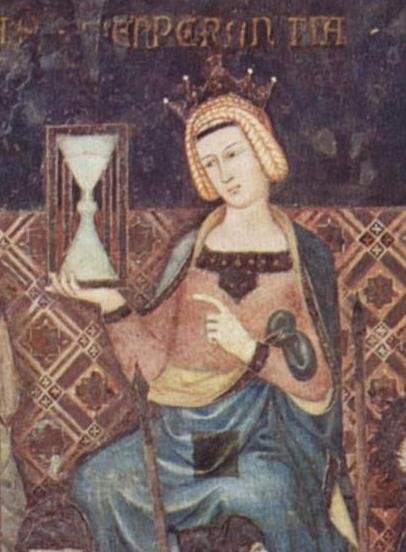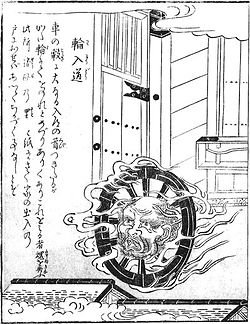Once again. We need to compare the hakaariki structure with my earlier models for side a of the C tablet in order to ensure they are commensurable:
For the beginning of the text I had arrived at the following model:
Counting ahead from Ca2-1 (27) we will reach the first hakaariki after 83 - 27 = 8 weeks. But from Hamal to Wezn there was 1 day more:
If Wezn should be at glyph 83, then Hamal ought to be at glyph 83 - (*87 - * 30) = 26:
So far such a change seems acceptable. However, I feel less comfortable to adjust te taketake away from position *89:
Although this is on side b of the tablet, whereas the hakaariki structure is on side a. Then I remember Atlas:
Hamal was the first in the ancient sequence of fundamental stars and Alcyone was the next in line. Atlas rose in the same day as Alcyone. The design of Ca2-1 seems to allude to Atlas with his sky globe. The precession had moved Atlas and Alcyone forward in the year and therefore Hamal could be said to have taken the vacant place. From Hamal (*30) to Atlas (*56) there were 26 (= 2 * 13) days. So if Hamal was visualized in Ca2-1, then it could be due to my old argument of time running and a completed day was needed before the drawing could be incised in the tablet. ... Time flows and the first notch for a 'night' (day) cannot be counted and carved into the wood until the first day has been measured in full. Therefore Ca1-1 should correspond to the completion of the first day = at the beginning of the 2nd day of such a year which is beginning with March 21. Similarly should not the first day of the 2nd half of the year be noted down until at the beginning of its 2nd day ...
But the same argument should then be used also for Wezn, in which case our problem remains:
Instead I think the hakaariki type of glyph was used in the day before the day of the king, for instance:
In other words, the hakaariki type of glyph could represent a day of needfire. ... needfire ceremonies usually take place near the summer solstice (the Feast of St. John) ... but they occur in several other seasons as well. The summer date of the rite and its accompanying festival have to do, among other things, with fertility, as can can clearly be seen in a variant from the valley of the Moselle preserved for us by Jakob Grimm. Each household in the village was constrained to contribute a shock of straw to the nearby high place, Stromberg, where the males went at evening while the females went to a spring lower down on the slope. A huge wheel was wrapped with this straw. An axle run through the wheel served as the handles for those who were to guide it on its downward plunge. The mayor of a nearby town kindled the straw, for which office he was rewarded with a basketful of cherries. All the men kindled torches and some followed the burning orb as it was released downhill to shouts of joy. The women at the spring echoed these shouts as the wheel rushed by them. Often the fire went out of its own accord before it reached the river, but should the waters of the river extinguish it, an abundant vintage was forecast for that year ...
|
|||||||||||||||||||||||||||||||||||||||||||||||||||||||||||||||||||||||||||||||||||||||||||||||||||||||||||||||||||||||||||||||||||||||||||||||||||||||||||||||||||||||||||||||||||||||||||||||||||||||||||||||||||||||||||||||||||||||||||||||||||||||||||||||||||||||||||||||||||||||||














